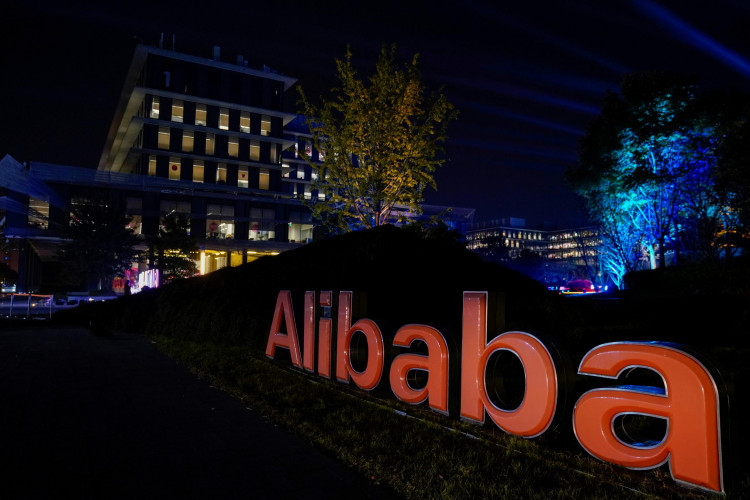Hainan Launches First Transcontinental Shipping Route
Hainan's Yangpu port started operation of the Yangpu-South Pacific-Australia container route Monday. It is the first transcontinental shipping route from the Hainan Free Trade Port, Hainan Daily reported.
In partnership with the Hainan government, Beijing-based China COSCO Shipping Corp. will operate the route - reaching Hong Kong, Cebu in the Philippines, Lae and Port Moresby in Papua New Guinea as well as Townsville and Darwin in Australia. Twice monthly goods will be loaded on two container ships.
The return journey will see China supplied with coconuts, beef, timber, raw materials and consumer goods.
Since February, Yangpu port has been issuing international certificates for tankers and container ships with a carrying capacity of over 100,000 metric tons. It aims to become a main transport hub in East and Southeast Asia.
Alibaba Hopes To Earn Even More From Livestreaming
Alibaba-owned Taobao livestreaming channels raked up 300 billion yuan ($4.4 billion) in gross transaction volume in the past 12 months, the company said at its virtual 2020 Investor Day.
The company said it expected to reach 500 billion yuan from livestreaming by the end of the year.
Seventy percent of new users on Taobao are in lower-tier cities and towns. As many as 2,000 counties and villages across China have joined with Taobao to sell farm goods and as many as 100,000 farmers operate livestreaming sales, Alibaba said.
Earlier in September Alibaba started selling its livestreaming technologies to about 60 companies including cyberspace security software maker 360, consumer goods recommendations platform Smzdm.com and office software provider WPS, according to a statement.
Alibaba launched livestreaming in April 2016 and claimed it had narrow-band high definition technology that could reduce latency to nearly zero while competitors had seven seconds to eight seconds of latency.
China Widens Investment Scope
China is expanding its investment scope and taking more steps to easing foreign access to China's capital markets.
The changes will be under the Qualified Foreign Institutional Investor and renminbi Qualified Foreign Institutional Investor programs. They will be combined into a single "qualified foreign investor" regime from Nov. 1, according to a joint statement by China Securities Regulatory Commission, the People's Bank of China and the State Administration of Foreign Exchange.
Aside from simplified applications and fewer restrictions on foreign investment, the program will include more asset types - including National Equities Exchange & Quotations Co., Ltd. securities, private investment funds, asset-backed securities, financial futures, commodity futures, options, bond repo transactions, margin trading and securities financing on stock exchanges and securities lending, according to Regulation Asia.
Through the QFII mechanism, overseas institutions can directly invest in foreign private equity funds they set up in China. It can alleviate difficulties of raising funds in the country. The latest decision will lower the threshold for foreign-funded institutions and facilitate investment to liberalize targets and is expected to attract more mid- to long-term investments, Yicai Global reported quoting a source at a foreign-owned enterprise.
China launched the QFII program in 2002 and the RQFII program in 2011 allowing foreign institutional investors to trade in the country's stock and bond markets under quotas which were removed in May.






